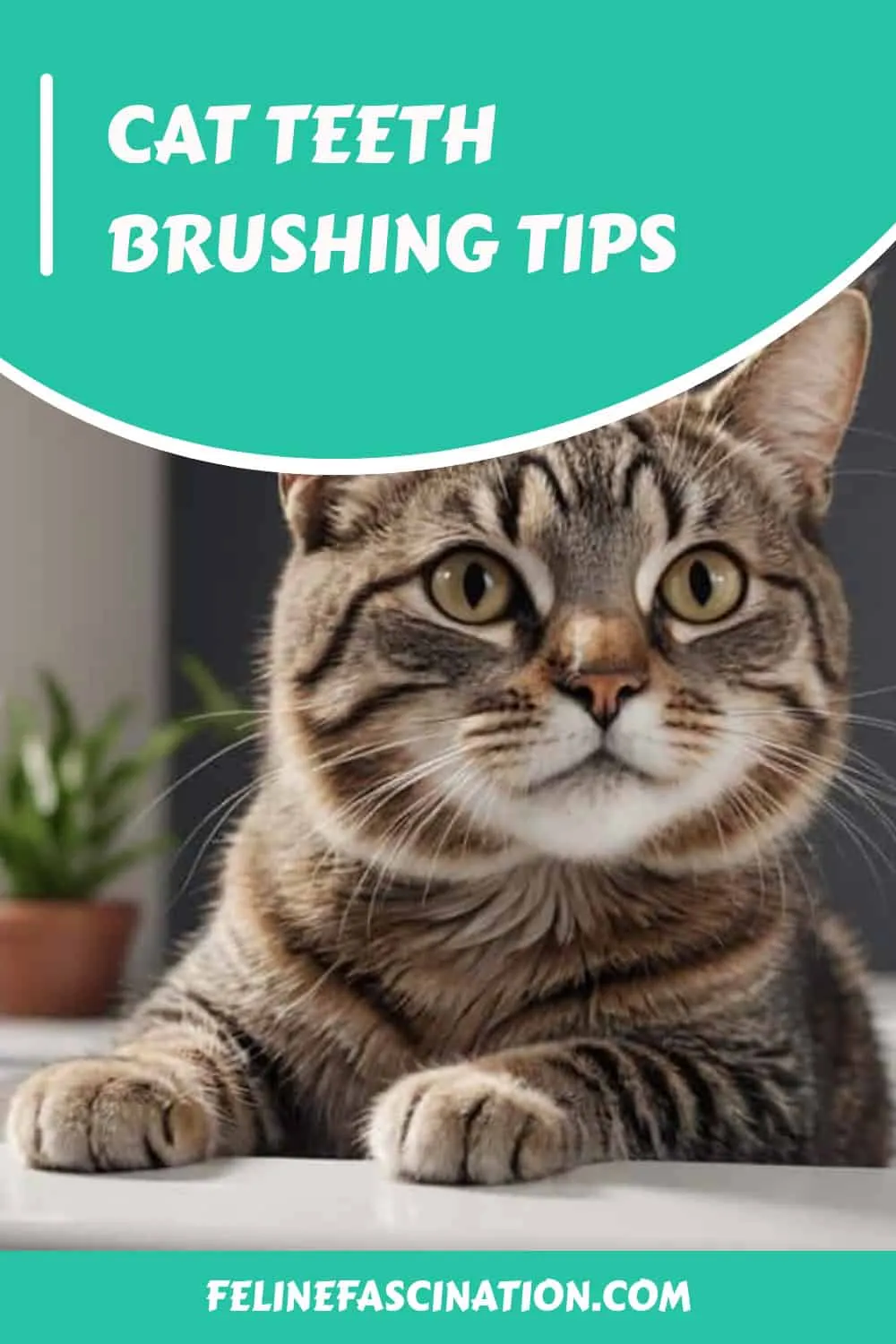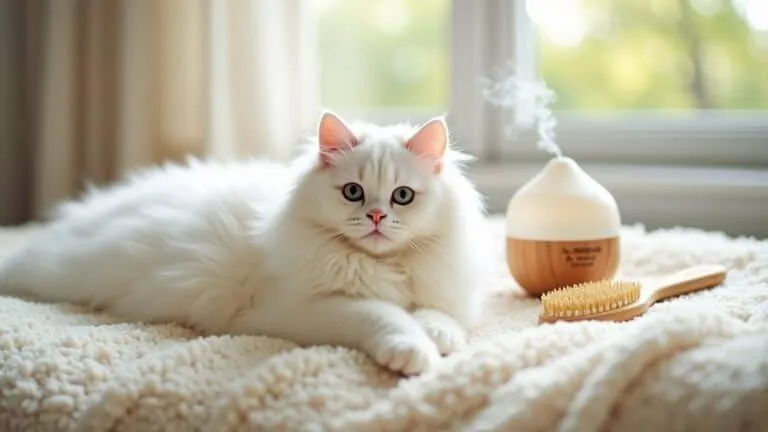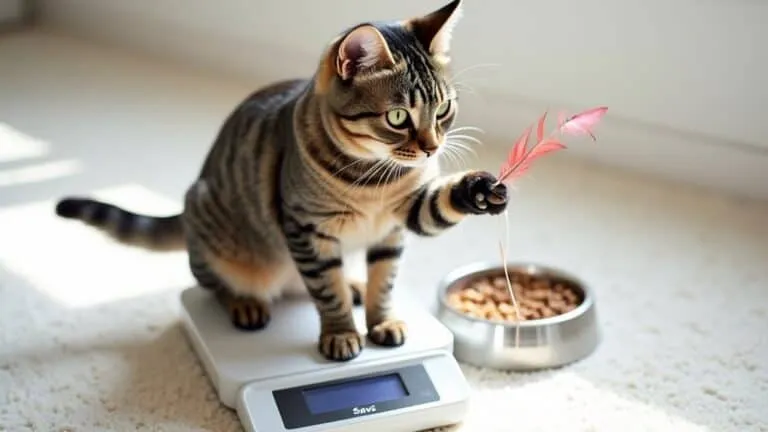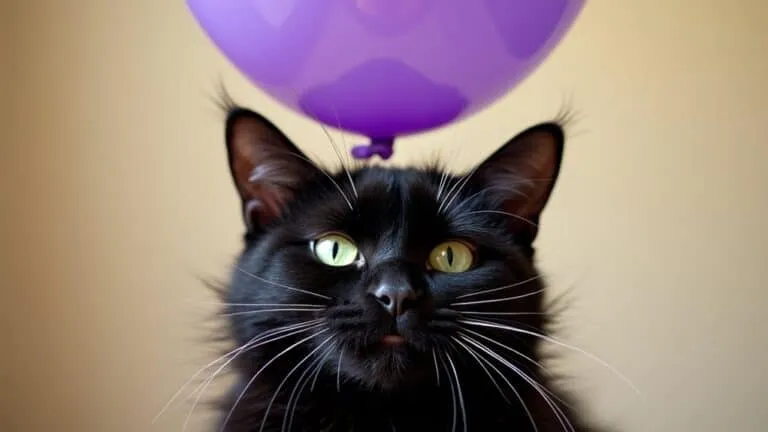The Best Fluffy Pancakes recipe you will fall in love with. Full of tips and tricks to help you make the best pancakes.
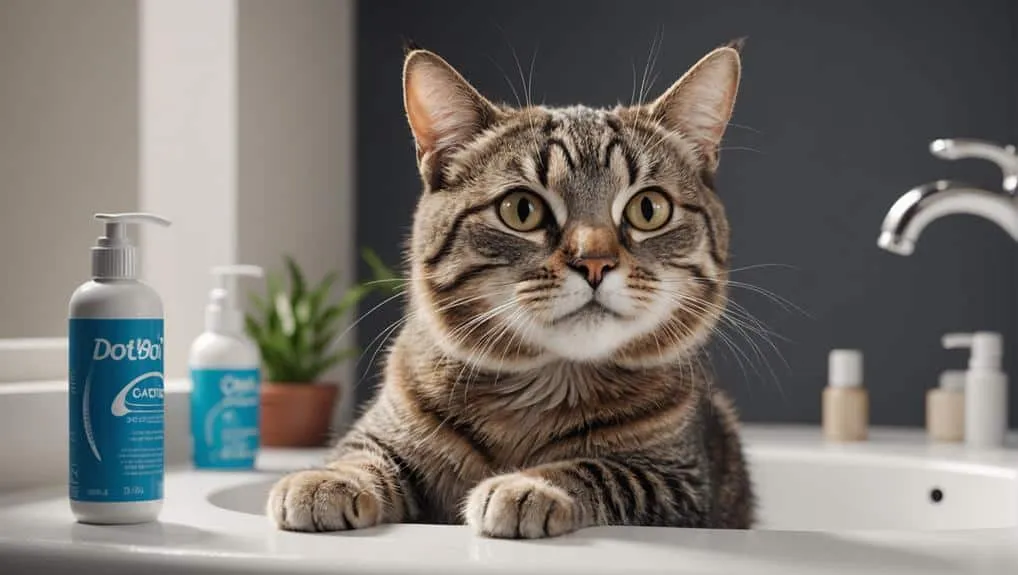
When it comes to brushing your cat's teeth, you need to get it right. Use a soft-bristled toothbrush to avoid irritating their gums. You should focus on the outside surfaces to remove plaque.
Start with short sessions of 1-2 minutes to prevent overwhelming your cat. You want to maintain a calm approach to create a positive environment.
Brush just below the gumline for effective plaque removal and dental health. By following these tips, you'll be well on your way to helping your cat achieve a healthy, pain-free smile.
Mastering the Brushing Technique
Mastering the Brushing Technique
When it comes to keeping your cat's teeth clean and healthy, using the right toothbrush and a gentle approach is key. You'll want to use a soft-bristled cat toothbrush to effectively clean their teeth without causing any gum irritation.
When you're brushing their teeth, focus on the outside surfaces, as this area tends to be more prone to plaque buildup. Start with short sessions of 1-2 minutes to avoid overwhelming your cat. As they become more comfortable, you can gradually increase the duration.
It's essential to maintain a calm approach during brushing. Create a positive environment by gently petting your cat and offering rewards to build trust and cooperation.
Make sure your brushing technique reaches just below the gumline for maximum plaque removal and overall dental health benefits. By doing so, you'll provide your cat with a positive experience, encouraging them to tolerate teeth brushing every day.
This daily routine will greatly contribute to their oral hygiene and overall dental health, preventing plaque buildup and promoting a healthy, happy smile.
Choosing the Right Tools
Choosing the right tools is key to making tooth brushing a smooth and stress-free experience for your cat. You want to start with a soft-bristled toothbrush specifically designed for their small mouths. This type of toothbrush reduces the risk of gum irritation and effectively cleans teeth just below the gumline.
When it comes to toothbrush features, there are a few things to look for. A soft-bristled toothbrush minimizes gum irritation. An angled handle makes it easier to navigate your cat's mouth. A finger toothbrush can be a good alternative if your cat resists a regular toothbrush. A pet-specific design is crucial, as it's made for your cat's small mouth. And, of course, you want a veterinary-approved toothbrush to guarantee safety and effectiveness.
When it comes to toothpaste, always go for pet-specific options. Human toothpaste is toxic to cats due to harmful ingredients like fluoride and xylitol. It's a good idea to consult with a veterinarian to get guidance on the best dental products tailored to your cat's specific needs and preferences.
The right tools really can make all the difference in your cat's dental care experience.
Building Comfort and Trust
Now that you've got the right tools, it's time to focus on building comfort and trust with your cat. This is a crucial step in making tooth brushing a stress-free experience for both you and your pet.
One key thing to remember is to start early. Handle your cat's mouth gently from a young age to help them get used to it and build trust over time.
Another way to build trust is to create a positive association with teeth brushing. You can do this by using tasty flavors of pet toothpaste, like tuna or chicken, to make the experience more enjoyable for your cat. This will help them accept the process and reduce their resistance.
When it's time to brush your cat's teeth, make sure you're in a calm and quiet environment. This will help minimize stress and make your cat feel more comfortable with the process.
Don't rush the process. Gradually introduce the toothbrush and toothpaste, letting your cat explore these new items at their own pace. This will help them get comfortable with the new sensations and smells.
After brushing your cat's teeth, be sure to reward them with treats or extra cuddles. This will help reinforce the behavior and create a positive experience that builds trust in your routine.
Overcoming Resistance and Fear
So, you're about to start brushing your cat's teeth, and you're probably wondering how to deal with their resistance and fear. The thing is, cats aren't used to having their teeth brushed, and that can be pretty scary for them. But don't worry, with patience, consistency, and positive reinforcement, you can overcome this fear.
First, let's talk about creating a positive association. You can do this by using treats like tuna water to reward your cat during brushing sessions. This way, they'll start to link the experience with something good.
Next, you need to help your cat get used to having their mouth handled. Gently lift their lips and let them explore the toothbrush before you start brushing. This will help them feel more comfortable with the sensation.
Now, it's crucial that you remain patient and calm during brushing sessions. If you rush or force the process, you'll only increase your cat's anxiety and resistance. Take it slow, and let your cat take breaks whenever they need to. Don't rush the process, and let them feel like they're in control. This will help them build trust and become more receptive to dental care.
With time and consistency, your cat will start to associate teeth brushing with positive experiences. They'll learn that it's not so bad after all, and the process will become less intimidating and more manageable.
Maintaining Good Oral Health
Taking care of your cat's teeth is a crucial part of their overall health. If you don't, plaque and tartar can build up and lead to serious problems.
Regular tooth brushing can prevent periodontal disease, which affects a lot of cats – up to 80% of them by the time they're four years old. If you don't do anything about gingivitis, it can get worse and lead to even more serious dental issues.
To keep your cat's teeth and mouth healthy, you should brush their teeth regularly with a special toothbrush and toothpaste made just for pets. This will help prevent painful conditions like gingivitis and tooth loss, and it can even reduce the risk of other health problems like kidney and heart disease that are linked to bad dental hygiene.
The earlier you start getting your cat used to tooth brushing, the better. It's easier and more effective if you start when they're young. Try to brush their teeth at least three times a week to really control plaque and help them stay healthy and comfortable.
The key is to be consistent with their dental care so your cat can thrive.
Frequently Asked Questions
How to Brush an Unwilling Cat's Teeth?
So, you've got a cat who's not too thrilled about getting their teeth brushed. That's pretty common, to be honest. The key is to make the experience as pleasant as possible for them.
First, you'll want to use gentle brushing techniques. You can't just force a toothbrush into their mouth and expect them to be okay with it. Instead, start slow and let them get used to the sensation.
It's also a good idea to use cat treats and dental toys to create a positive association. If they associate tooth brushing with tasty treats, they'll be more likely to tolerate it. You can even try letting them play with the toothbrush or dental toys on their own terms – this can help them get comfortable with the texture and smell.
Of course, it's always a good idea to consult with your vet for recommendations on the best way to brush your cat's teeth. They may have some specific tips or products that can make the process easier. And if your cat is really resistant, you might want to consider behavioral training to help them get more comfortable with the process. With patience and persistence, you can help ensure your cat gets the dental care they need.
Are You Supposed to Brush Your Cat's Teeth?
So, you want to know if you're supposed to brush your cat's teeth? The answer is yes, you should! Brushing your cat's teeth regularly is super important for maintaining their dental health.
Try to aim for daily brushing, but if that's not realistic, at least three times a week is a good goal. This helps prevent tooth decay, gum disease, and other feline dental problems. Good oral hygiene and preventive care can make a big difference in your cat's overall health.
Is It Too Late to Start Brushing My Cat's Teeth?
You're probably wondering if it's too late to start brushing your cat's teeth. The good news is that it's never too late to introduce a dental hygiene routine, regardless of your cat's age.
Doing so can make a big difference in their dental health by preventing tartar buildup and reducing the risk of oral diseases. So, it's a good idea to consult with your vet to get personalized recommendations on how to get started.
How to Hold a Cat While Brushing Teeth?
So you want to brush your cat's teeth, but you're not sure how to hold them while doing it.
First, make sure your cat is comfortable. Create a calm atmosphere, because cats can sense when you're stressed or anxious, and that will only make things worse.
Next, use gentle restraint when holding your cat. You don't want to scare or restrain them too much, or they'll struggle and try to get away.
Final Thoughts
You now have the essential tips to keep your cat's teeth clean and healthy.
Mastering the brushing technique, choosing the right tools, building comfort and trust, and overcoming resistance and fear – it's all part of the process.
Consistency and patience are key. You need to stick to a regular brushing routine if you want your cat to have good oral health.
If you do it right, your cat will thank you with a healthy, happy smile.

